Not all state nicknames are created equal. Some are self-explanatory, symbolic of pleasant weather, geographical features, or abundant exports — looking at you, Sunshine State (Florida), Ocean State (Rhode Island), and Peach State (Georgia). Others are mystifying and opaque without context — explain yourselves, Missouri (Show-Me State), Maryland (Old Line State), and Tennessee (Volunteer State). And while some state nicknames were made official by state legislature, others languish in the unofficial zone. Confused? Fear not. Ahead, we explain the inspiration and origins of some of our country’s more unusual state nicknames.
Ohio – The Buckeye State
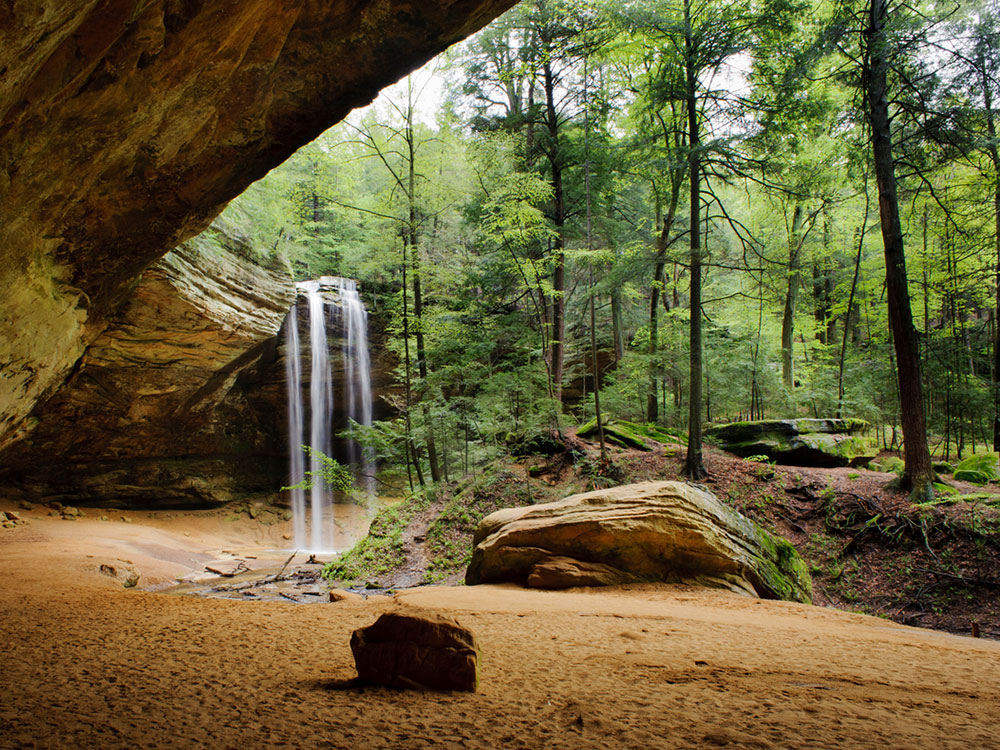
Ohio’s “Buckeye State” nickname stems from the buckeye trees that proliferate within the state’s natural spaces, particularly broad grasslands and low hills. These trees famously bear nuts that Native Americans and early settlers likened to the eyes of male deer — or bucks. The buckeye is even the official state tree, designated by Ohio legislature in 1953.
That said, the moniker is more than this native tree — Ohioans have been referring to themselves as Buckeyes at least since the presidential election of 1840, when Ohio resident William Henry Harrison ascended to the Oval Office. The politician’s supporters used buckeye wood to fashion carved campaign souvenirs in support of Harrison (who only served 31 days in office before succumbing to pneumonia).
Colorado – The Centennial State
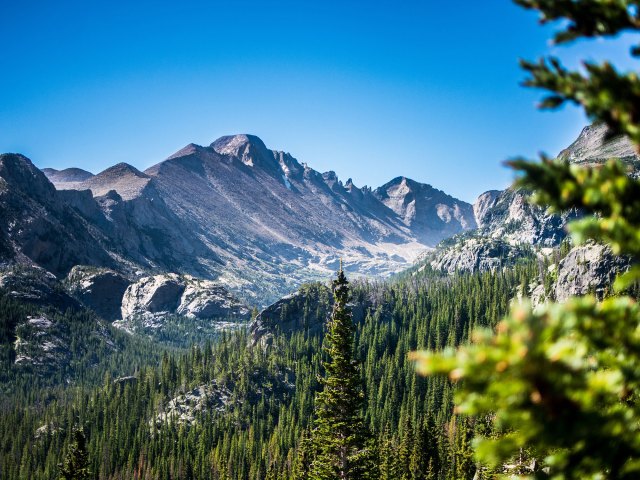
Colorado joined the union as a state in 1876 — exactly 100 years after the signing of the Declaration of Independence. Thus, Colorado became known as the “Centennial State.” Unofficially, the state is often referred to as “Colorful Colorado” for its unspoiled mountain backdrops and colorful vistas — in fact, the state’s department of transportation famously erects “Welcome to Colorful Colorado” signs along many of the state’s highways.
Connecticut – The Constitution State

In 1959, Connecticut’s general assembly declared a state nickname — the “Constitution State.” The reason behind the moniker: a series of government documents adopted by the Connecticut Colony council entitled the Fundamental Orders of 1638-39 that were actually the first written rules of government used in the United States. The orders may very well be the first written constitution in American history, and it’s certainly safe to say they lay the groundwork for the United States Constitution. So, even though the nickname only became official in the 1950s, Connecticut earned it!
Florida – The Sunshine State
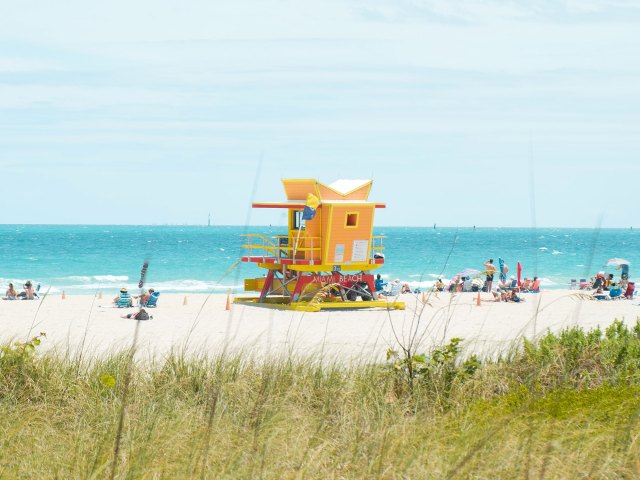
Florida has many unofficial nicknames: the “Peninsula State,” the “Alligator State,” the “Everglade State,” the “Flower State,” the “Gulf State,” and the “Orange State” among them. But officially (at least since 1970 when the state legislature declared it), Florida is the “Sunshine State.” The name is a bit of a no-brainer, right? Think of Florida’s warm, sunny weather and the fact that the state’s beaches and theme parks are classic tourist destinations.
Idaho – The Gem State

The name Idaho — formally declared in 1863 — is derived from a Shoshone word meaning “gem of the mountain.” Thus, the state’s nickname is the “Gem State.” The Shoshone Native American tribe still calls Idaho home, and the state offers abundant natural resources (which include gemstones like opal, topaz, jade, and star garnet — the state’s official mineral), so the moniker makes a lot of sense.
Indiana – The Hoosier State

Per the Indiana State Library, the “Hoosier State” nickname comes from a poem called “The Hoosier’s Nest.” Published in The Indianapolis Journal in 1833, the poem inspired Indianians to adopt the nickname — possibly starting at a Jackson Day dinner in Indianapolis that same year and becoming widely used to describe state residents by the 1930s. Why Hoosier? The state’s historical bureau points to one Samuel Hoosier as the source. A contractor, Hoosier preferred Indiana laborers for his various projects. Of course, the moniker grew even more popular after a movie of the same name was released in 1986. Set in the 1950s, the Oscar-nominated film tells the story of a high school basketball team participating in an Indiana state championship.
Iowa – The Hawkeye State
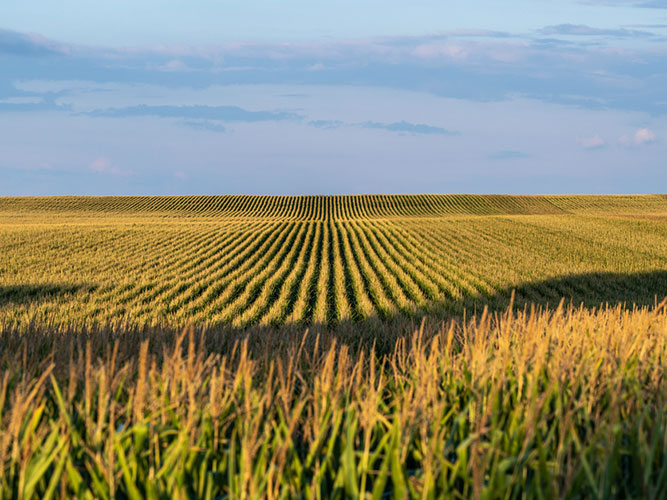
Iowa’s nickname is actually in honor of a Native American leader and warrior of the Sauk tribe. A veteran of the War of 1812 and the Black Hawk War, Chief Black Hawk’s personal memoir was the first Native American autobiography published in America. He died in 1838 in Davis County, Iowa, where a local newspaper publisher renamed his paper The Hawk-Eye and Iowa Patriot in his honor. The “Hawkeye State” nickname was made official in 1838, before Iowa even became a state.
Maryland – The Old Line State

According to state government officials in Maryland, historians believe the “Old Line State” nickname came directly from General George Washington in tribute to the colony’s Line Regiment troops that bravely served under him in the Revolutionary War. The Old Line term — which Marylanders adopted and still use widely — was common in Washington’s writings. But Maryland is sometimes referred to as the Free State as well. That unofficial moniker refers to the state’s abolition of slavery in its constitution back in 1864.
Missouri – The Show-Me State
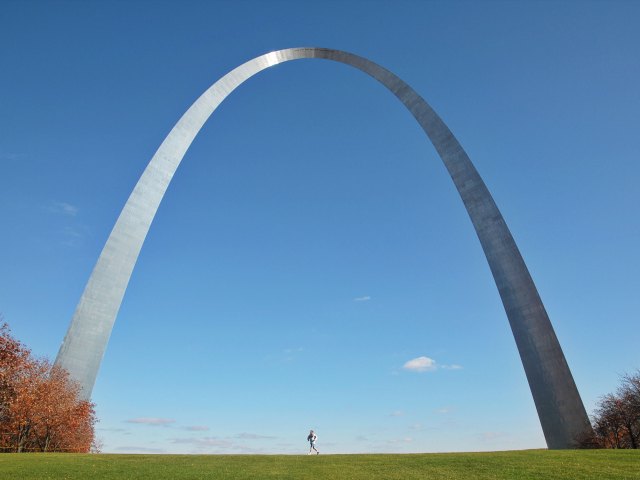
Missouri’s nickname dates back to 1899. In a speech at a Philadelphia naval banquet, Missouri Congressman Willard Duncan Vandiver famously stated, “Frothy eloquence neither convinces nor satisfies me. I am from Missouri. You have got to show me.” He was speaking of his personal conservative and sometimes skeptical stance — one he believed reflected the spirit of Missourians who (sometimes stubbornly) subscribe to common sense values. All that said, the nickname is widely used across Missouri today — but only unofficially.
Montana – The Treasure State
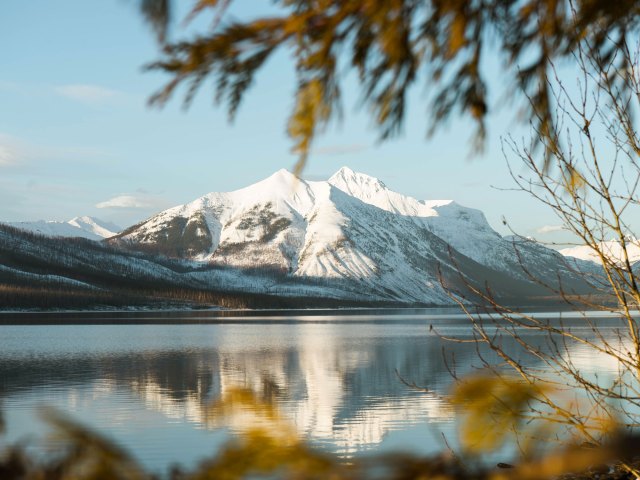
Montana’s nickname — the “Treasure State” — refers to its rich mineral reserves, including its gold and silver mines. The state motto refers to these treasures as well: it’s “oro y plata,” Spanish for “gold and silver.” Such an abundance of riches has fed a thriving mining industry since the late 19th century (the nickname was coined in 1895). One of Montana’s unofficial nicknames is a bit less glamorous, however. First published in 1922, the “Stubbed-Toe State” moniker relates to many injuries an amateur hiker adventuring through Montana will likely face.
New Jersey – The Garden State
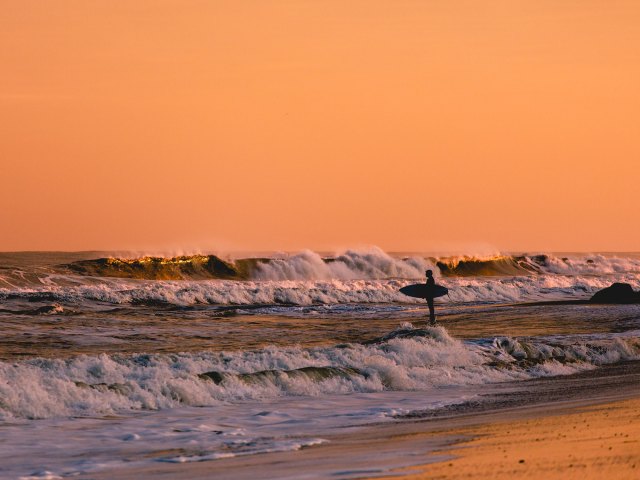
Many wouldn’t think of the small state sandwiched between Philadelphia and New York City as a center of agriculture, but the state boasts over 700,000 acres of farmland and is one of the nation’s top producers of tomatoes, blueberries, cranberries, spinach, eggplant, peaches, and bell peppers. The first time New Jersey was referred to as the “Garden State” was back in an 1876 speech by prominent New Jersey farmer Abraham Browning that detailed New Jersey’s fertile farms and abundant crops. The moniker was made official in 1954 by state legislature, and the nickname has been on the state’s license plates ever since.
New Mexico – The Land of Enchantment

The “Land of Enchantment” nickname refers to New Mexico’s magical and often otherworldly beauty that ranges from desert dunes, red rock formations, and evergreen forests across sites including White Sands National Monument, the Rio Grande Gorge, and the Capulin Volcano. The name only became official in 1999, and it derives from a Lilian Whiting book of the same name that espouses the unique beauty of America’s Southwest. Before 1999, New Mexico test-drove other nicknames including the Land of the Heart’s Desire, the Land Without Law, the Science State, and many others.
New York – The Empire State

New York’s “Empire State” nickname recognizes the state’s plentiful resources and wealth, a notion the New York Historical Society says dates back to a 1785 letter from George Washington to New York’s Common Council. In it, our first President refers to New York as resilient, rich, and the “seat of the empire.” The nickname has been carried on by one of Manhattan’s most iconic skyscrapers, in popular culture, and — of course — on New York state license plates.
Pennsylvania – The Keystone State

Pennsylvania’s “Keystone State” nickname dates back to the early 1800s and represents the state’s outsize and influential role in early America’s political and social circles. Furthermore, the Farmer’s Almanac notes that Pennsylvania, which was centrally located among the earliest states, acted as a support for surrounding states and the whole union — much like the central keystone that supports the structure of an arch.
Tennessee – The Volunteer State

Tennessee’s nickname, the “Volunteer State,” is a tribute to the state’s citizens and their willingness to volunteer as soldiers. That said, there is debate as to which specific call to arms this moniker actually relates to. Appalachian Magazine notes two contenders — the first relates to the War of 1812 and Tennessee’s volunteer regiment in the Battle of New Orleans; the second dates to the Mexican-American War in the 1840s. The state government put out a request for 2,600 volunteers and 30,000 Tennesseans showed up to fight. And yet, you might also hear Tennessee referred to as the Hog and Hominy State (the area produces a lot of pork and corn), or the Big Bend State (relating to the Tennessee River).
Wyoming – The Equality State

Wyoming’s nickname — the “Equality State” — relates to the state’s focus on equality for all. To wit: Wyoming became the first state to grant women the right to vote, the right to serve on a jury, and the right to hold office back in 1869. Sounds progressive, right? Well, it is — and it isn’t. As the least populous state, Wyoming needed its females to vote so it could meet the population requirements for statehood. Still, the landmark legislature is still celebrated by the state’s nickname today.
Featured image credit: Colin Lloyd / Unsplash
More from our network
Daily Passport is part of Optimism, which publishes content that uplifts, informs, and inspires.























